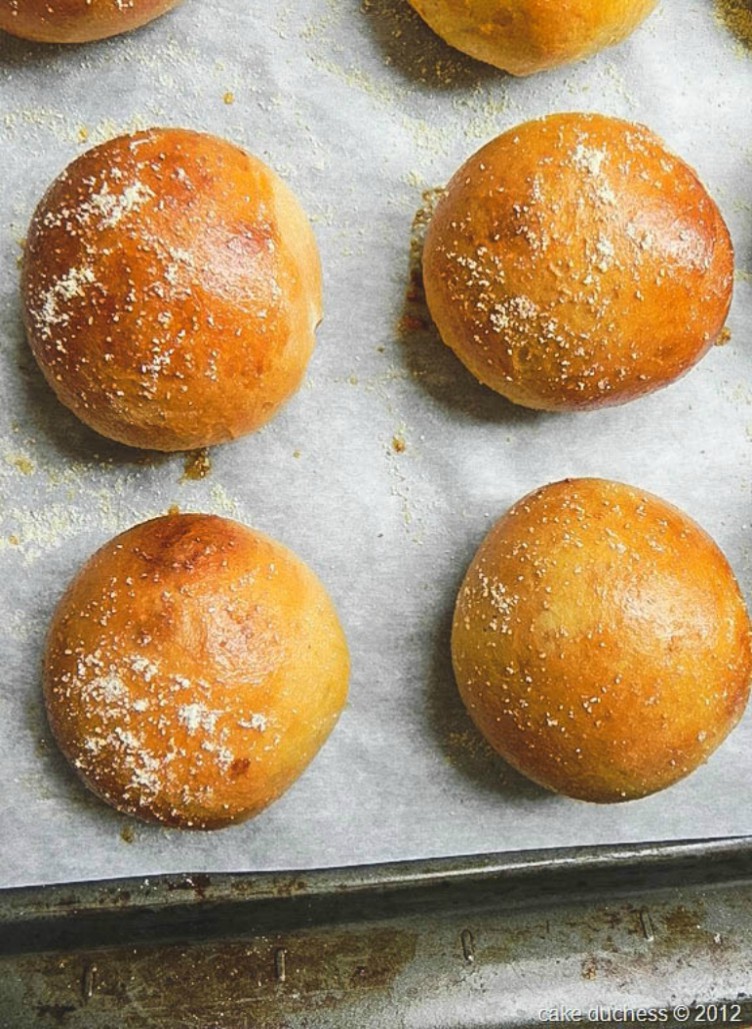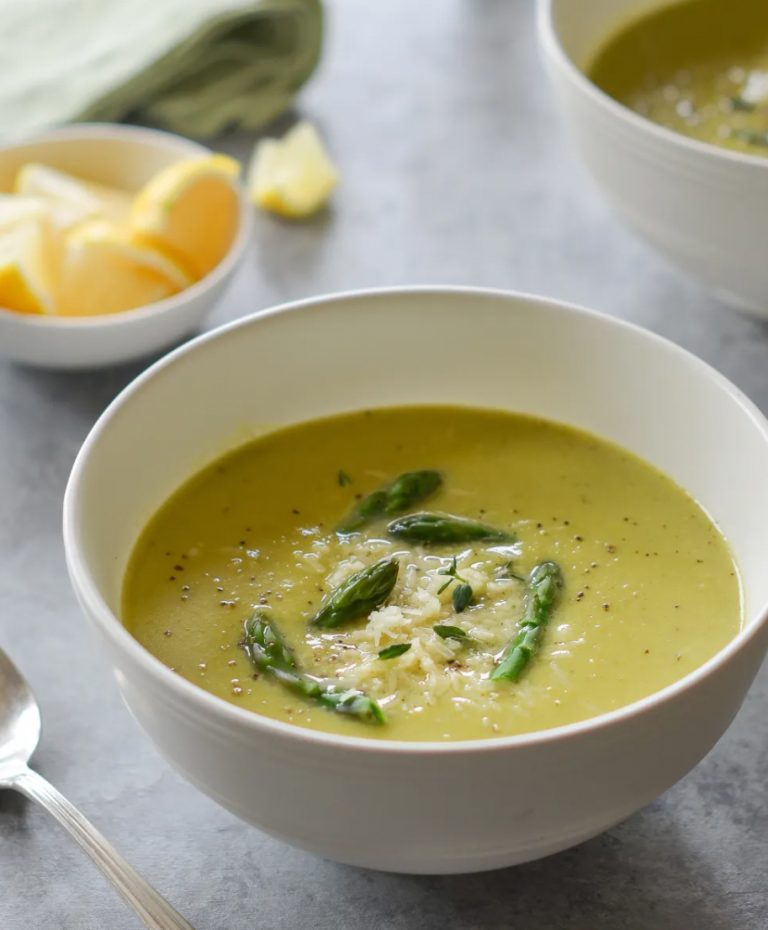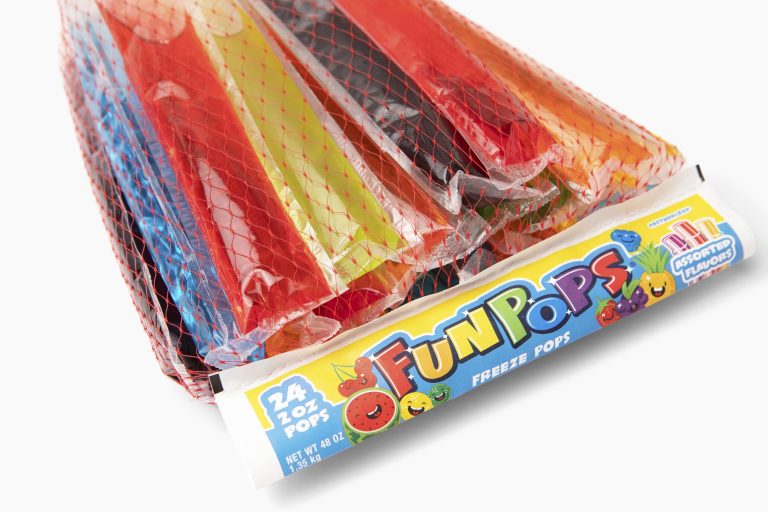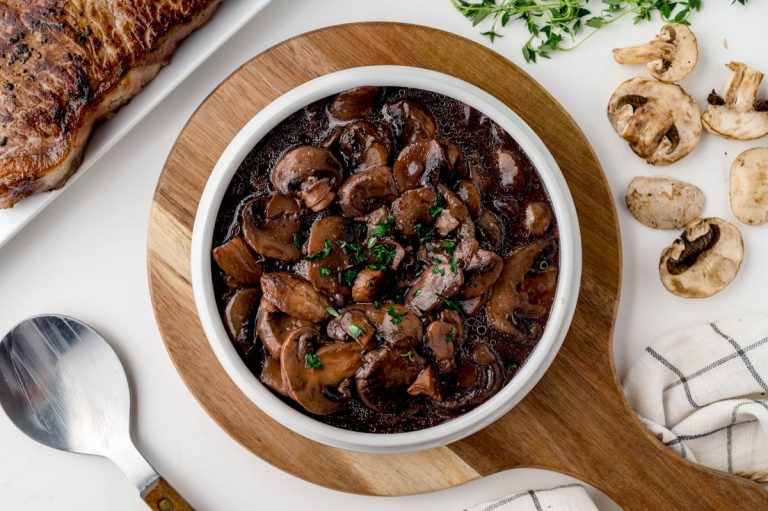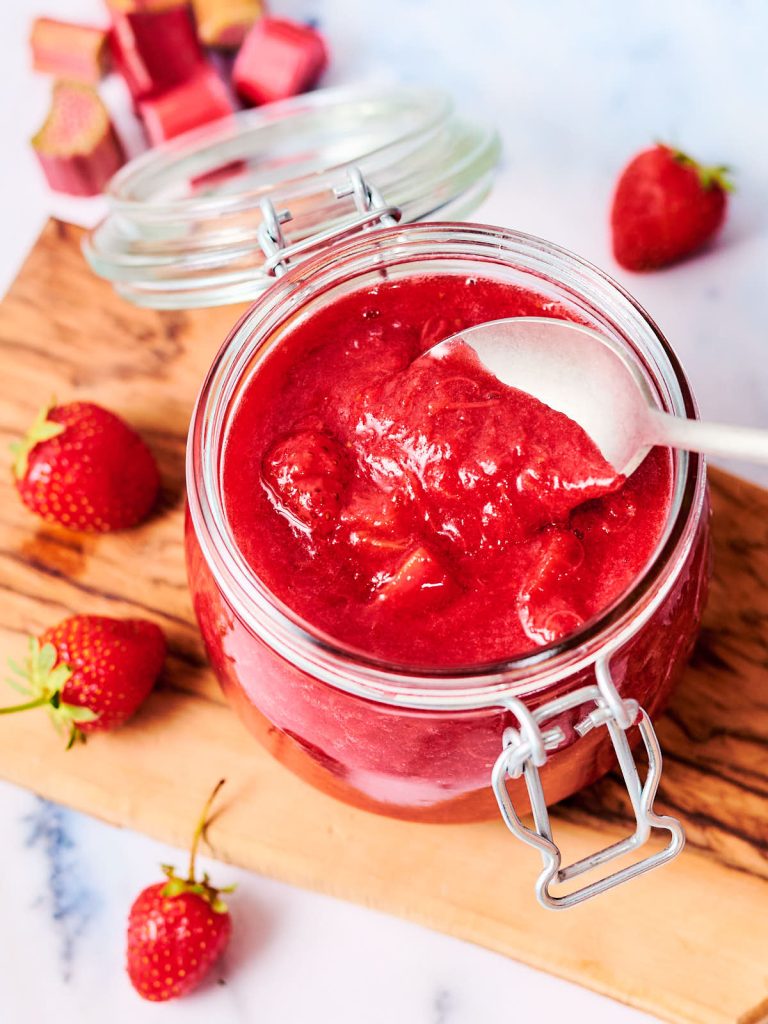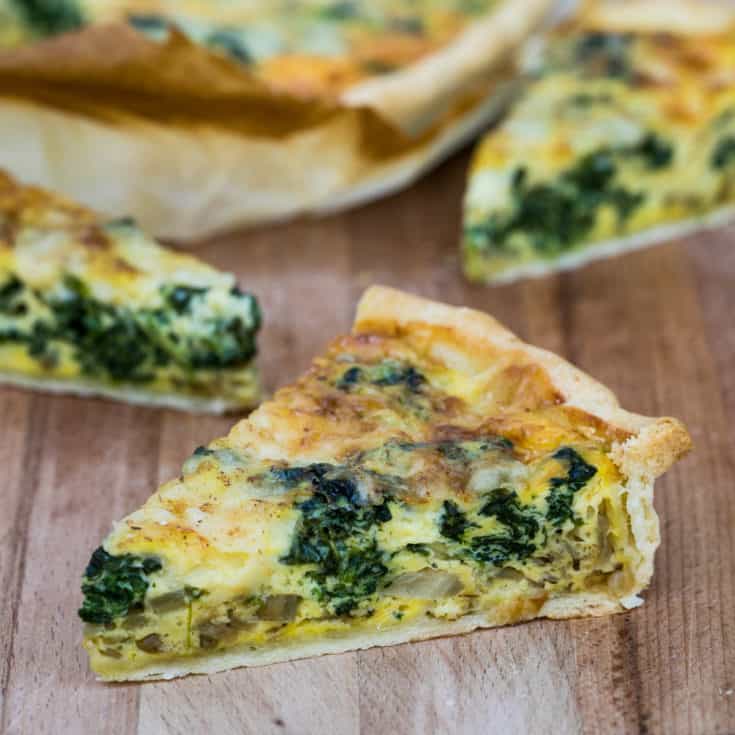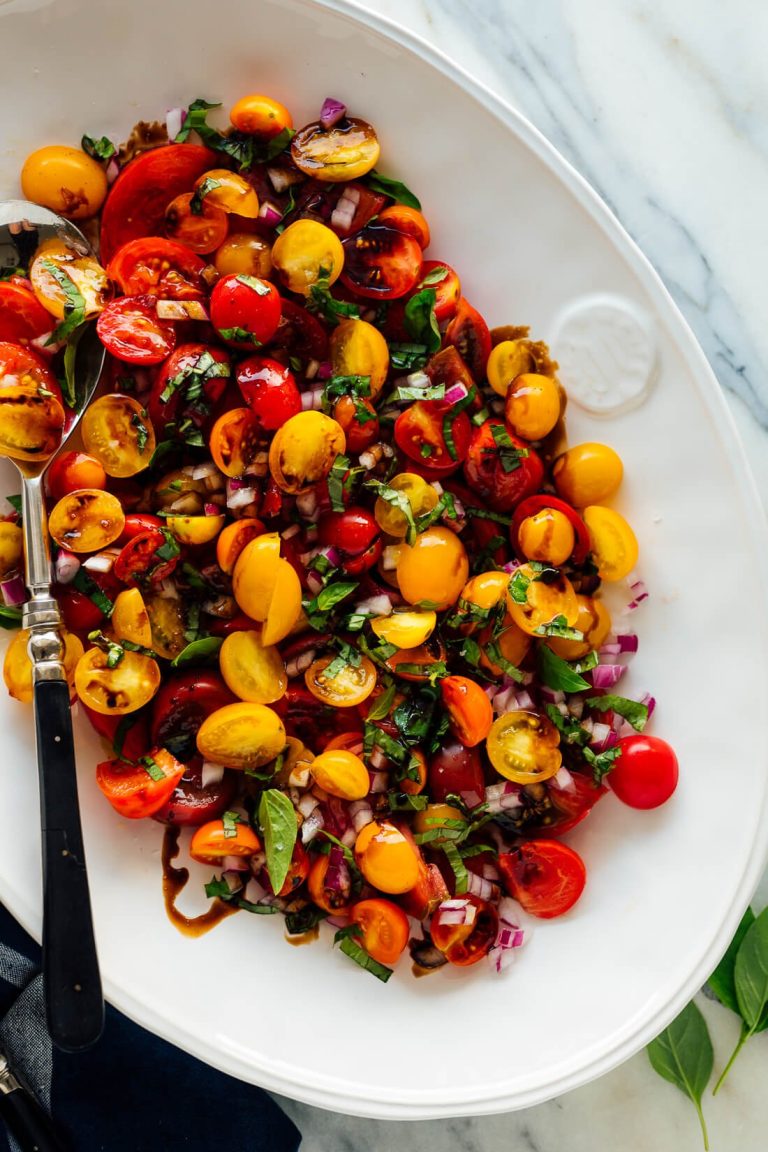Corn Yeast Rolls: Recipe and Cultural Insights
Corn yeast rolls combine the hearty flavor of cornmeal with the airy texture of yeast bread. These rolls offer a unique twist on traditional dinner rolls by incorporating cornmeal, which provides a slightly sweet and earthy taste. Perfect for any meal, they elevate both everyday dinners and special gatherings. Unlike purely corn-based breads, the yeast in these rolls ensures a soft and fluffy texture, balancing the denser nature of cornmeal.
The Ingredients List
Corn yeast rolls use a blend of common baking ingredients and cornmeal. Here’s a typical list:
- Cornmeal: Adds flavor, texture, and slight sweetness.
- All-Purpose Flour: Ensures structure and fluffiness.
- Yeast: Leavens the dough, giving it a soft rise.
- Milk: Adds moisture and enriches the dough.
- Butter: Provides richness and flavor.
- Eggs: Bind ingredients and add structure.
- Sugar: Feeds the yeast and enhances sweetness.
- Salt: Balances flavors.
These ingredients combine to create the perfect corn yeast rolls.
Making Corn Yeast Rolls at Home
Step-by-Step Recipe
- Preparation: Combine 1 cup of warm milk (110°F), 2 tablespoons of sugar, and 2 ¼ teaspoons of active dry yeast in a bowl. Allow it to sit for 5 minutes.
- Mix Dry Ingredients: In a separate bowl, mix 1 cup of cornmeal, 3 cups of all-purpose flour, and 1 teaspoon of salt.
- Combine Wet and Dry Mixes: Add the yeast mixture to the dry ingredients. Stir in 2 eggs and ¼ cup of melted butter. Mix until a soft dough forms.
- Knead the Dough: Transfer the dough to a floured surface. Knead for about 10 minutes or until smooth and elastic.
- First Rise: Place the dough in a greased bowl. Cover with a damp cloth and let it rise in a warm place for 1 hour, or until doubled in size.
- Shape the Rolls: Punch down the dough. Divide it into 12 equal pieces. Shape each piece into a roll.
- Second Rise: Place the rolls on a greased baking sheet. Cover and let them rise for 30 minutes.
- Bake: Preheat the oven to 375°F (190°C). Bake the rolls for 15-20 minutes or until golden brown. Let them cool on a wire rack.
- Incorrect Yeast Activation: Not letting the yeast sit in warm milk for enough time can prevent proper rising. Ensure yeast activates by waiting 5 minutes.
- Improper Kneading: Kneading for less than 10 minutes might lead to dense rolls. Knead until the dough is smooth and elastic.
- Skipping Rising Times: Allowing the dough to rise fully is crucial. Rushing this step can result in flat, dense rolls.
- Using Cold Ingredients: Cold milk or butter can affect yeast performance. Use ingredients at the appropriate temperature.
- Over-Baking: Baking for more than 20 minutes can make the rolls too hard. Bake until rolls are just golden brown.
Health Benefits of Corn Yeast Rolls
Nutritional Information
Corn yeast rolls offer a balanced nutritional profile. Each roll typically contains carbohydrates, proteins, fats, and essential vitamins and minerals. For instance, a single roll can provide approximately 100 calories, which includes 4 grams of protein and 2 grams of fiber, contributing to daily nutritional needs. The inclusion of cornmeal boosts the content of B vitamins, magnesium, and iron, making these rolls nutritionally beneficial. Regular consumption can aid in maintaining proper energy levels, muscle function, and overall health.
Dietary Considerations
Corn yeast rolls can be integrated into various dietary plans. They are naturally vegetarian, meeting the needs of individuals avoiding meat-based products. If you seek gluten-free options, ensure cornmeal and other ingredients used are certified gluten-free. This can be particularly important for those with celiac disease or gluten sensitivities. Additionally, you can adapt recipes to suit vegan diets by substituting dairy milk and butter with plant-based alternatives. Thus, these adaptable rolls can cater to specific dietary restrictions while providing essential nutrients.
Corn Yeast Rolls in Different Cultures
Regional Variations
Corn yeast rolls appear in various forms across cultures, showcasing unique ingredients and techniques. In the Southern United States, people often mix buttermilk with cornmeal and yeast to create moist, fluffy rolls. These rolls complement traditional dishes like fried chicken and collard greens.
In Mexico, you will find bolillos that incorporate both yeast and cornmeal, providing a slight crunch with every bite. They serve these rolls with dishes like mole and tamales. They are denser and often baked directly on hot stones.
Eastern European variants, like Polish cornbread rolls, include elements such as rye flour and caraway seeds. These rolls sit alongside soups and stews, adding a mildly sweet, earthy note. They differ from other versions by incorporating ingredients like honey or molasses for additional sweetness.
Festival and Holiday Traditions
Different cultures include corn yeast rolls in celebrations and festivals, where they hold traditional and symbolic value. During Thanksgiving in the United States, corn yeast rolls are a staple on many dinner tables, embodying the harvest’s bounty. These rolls often accompany turkey, cranberry sauce, and stuffing.
In Mexico’s Día de los Muertos (Day of the Dead), pan de muerto (bread of the dead) sometimes uses corn yeast ingredients. This bread, decorated with bone-shaped dough pieces, holds significant cultural meaning and is offered to deceased loved ones.
In Eastern Europe, Easter celebrations often feature corn yeast rolls called mazurek, flavored with citrus zest or vanilla extract. These distinct rolls symbolize resurrection and new life.
Corn yeast rolls hold a unique place in cultural festivities and everyday meals, reflecting a blend of tradition, symbolism, and regional culinary practices.
Conclusion
Corn yeast rolls aren’t just a delightful addition to your table; they’re a bridge to rich cultural traditions and diverse culinary practices. Whether you’re hosting a festive gathering or looking to elevate your everyday meals these rolls offer both flavor and meaning. Their adaptability to various dietary needs and their deep-rooted significance in celebrations around the world make them a must-try. So go ahead and bake a batch; you’ll be embracing a delicious piece of history and tradition.
